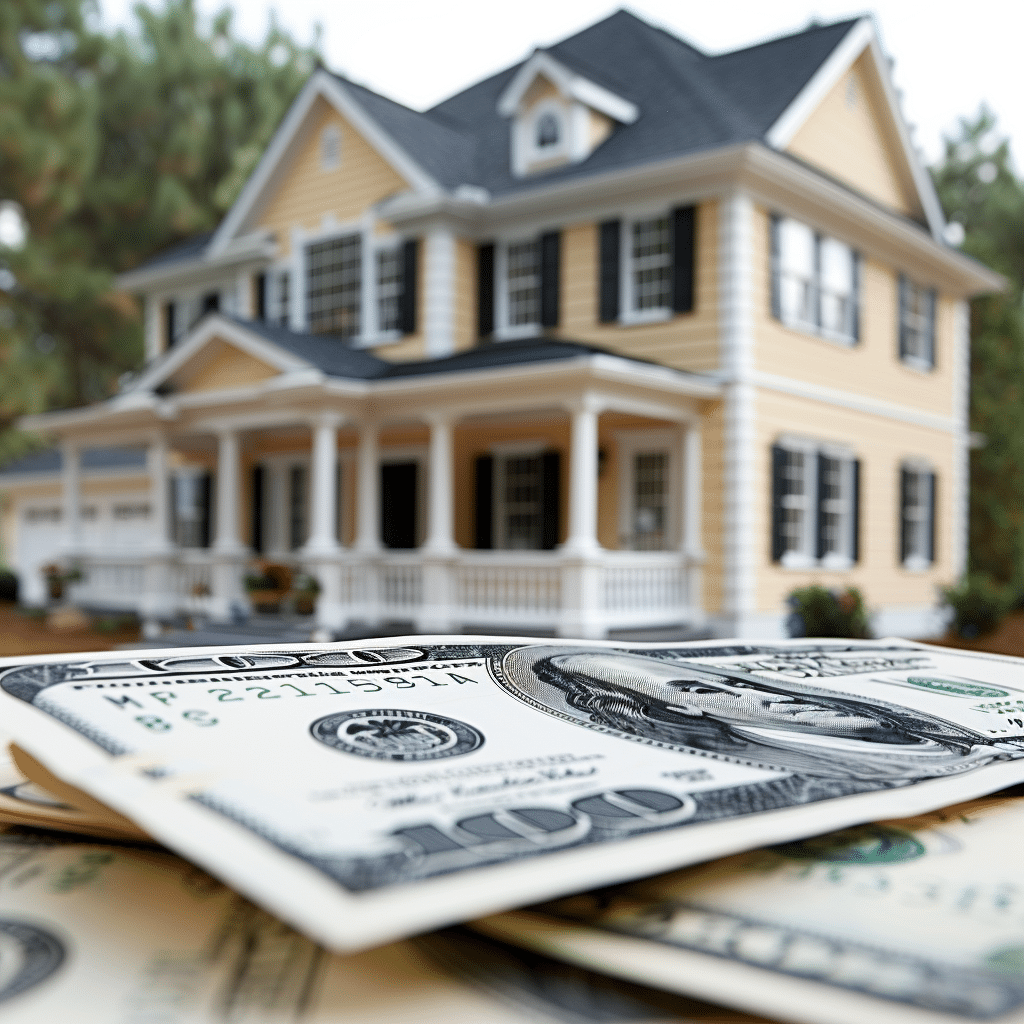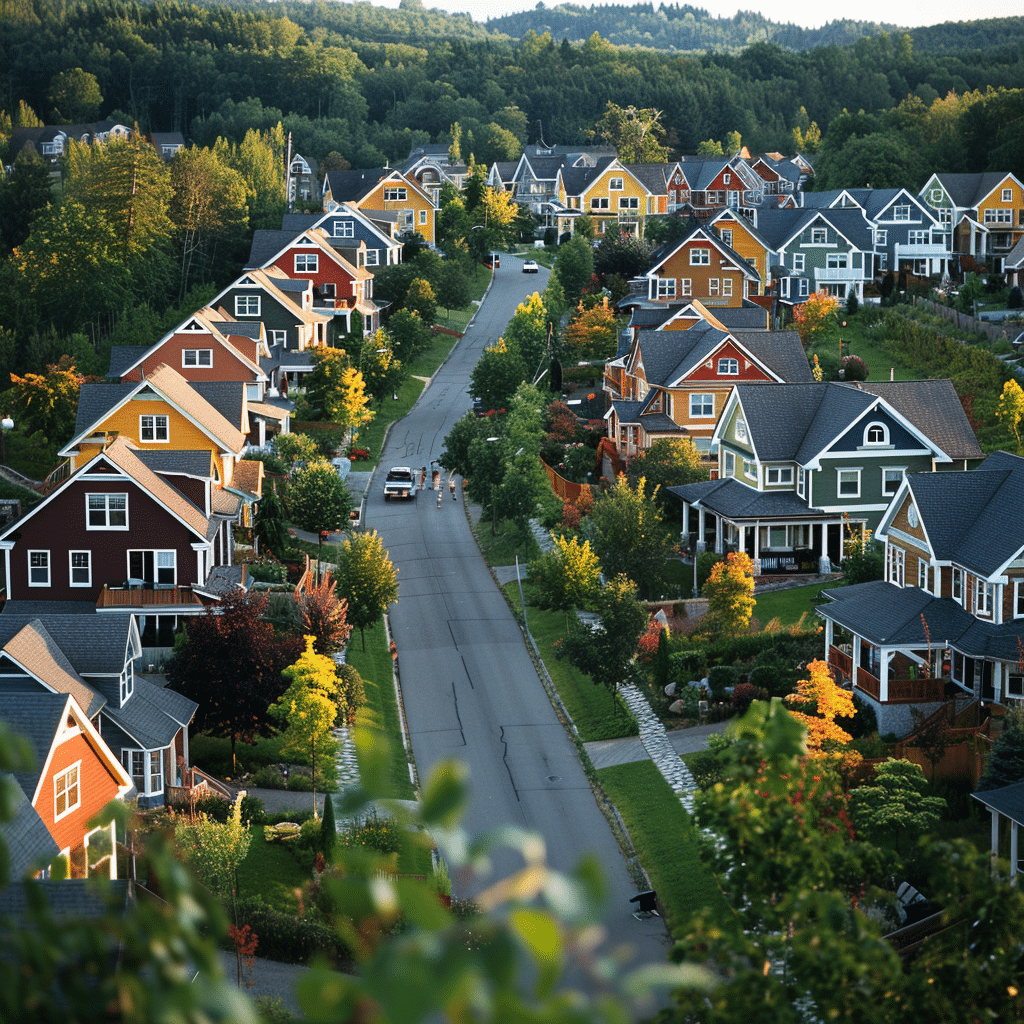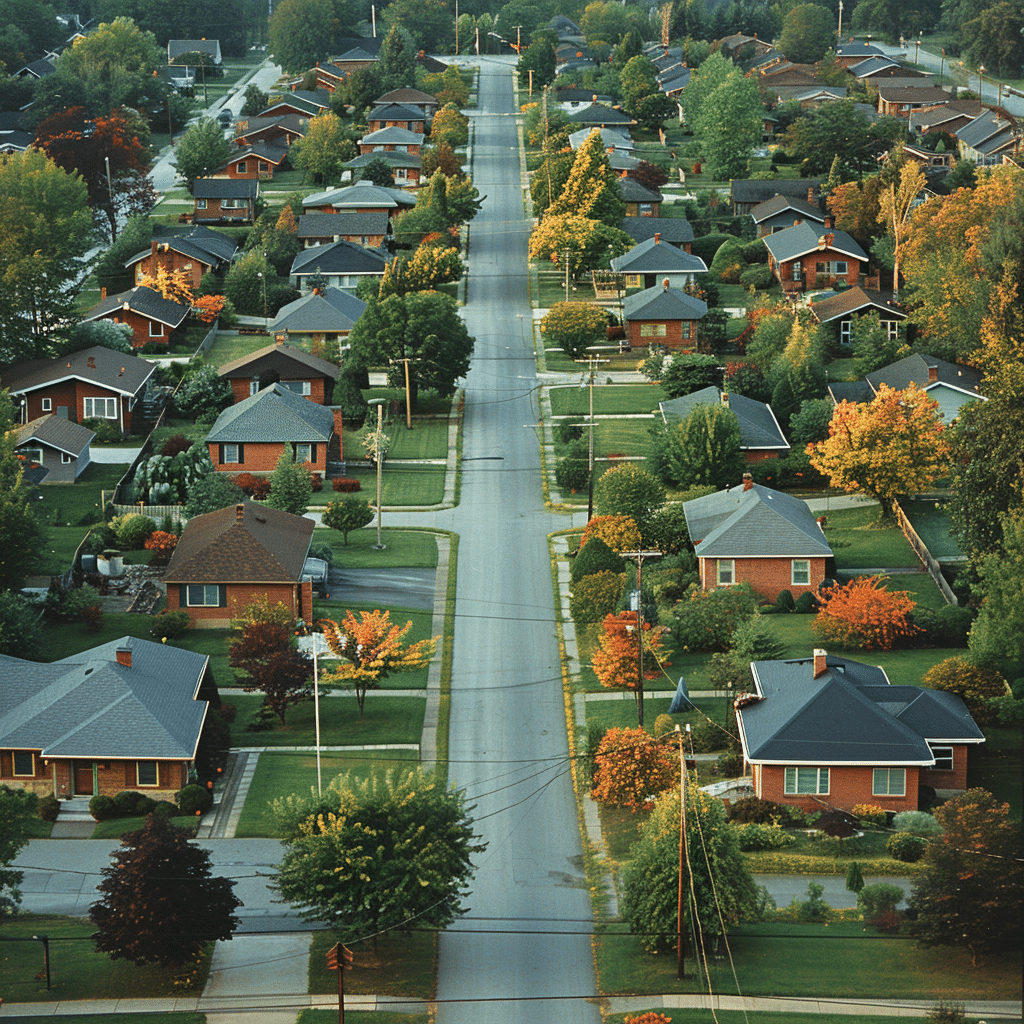Understanding the Average Cost of a House in the USA
The average home price in America reflects various socio-economic elements, regional disparities, and market dynamics. Whether you’re an aspiring homeowner, an investor, or simply curious about real estate trends, gaining a deeper understanding of the average home price in America is crucial. Let’s delve into the complex factors and shocking truths behind this all-important figure.

Top 7 Shocking Facts About the Average Home Price in America
1. Historical Comparison: Then vs. Now
The average home price in America has surged dramatically over the past few decades. Back in 2000, you could buy a home for roughly $119,600. Fast forward to 2024, and this figure has jumped to an eye-popping $384,000. What causes this massive difference? Economic growth, shifting housing policies, changing consumer preferences, and inflation play significant roles.
Looking deeper into inflation-adjusted prices, today’s home costs are not just about economic growth but also pertain to shifts in lending practices and consumer behavior. Just knowing these numbers can help you make more informed financial decisions.
2. Regional Disparities in Home Prices
The disparity in home prices across America is staggering. Coastal cities like San Francisco have an average home price of $1.3 million. This contrasts sharply with Midwest towns such as Cleveland, where you can find the median home price around $150,000. Local economies, job markets, and even climate have a hand in these variations. For instance, the tech boom in Seattle has driven housing costs there to over $800,000.
Visiting different regions, you’ll quickly notice these disparities. They underscore how intensely local factors influence housing markets. This can either be an opportunity or a challenge depending on your situation.
3. The Urban vs. Suburban Divide
Urban areas like New York City and Los Angeles naturally have higher home prices due to their commercial appeal and limited space. However, there’s been a notable shift towards suburban living, accelerated by the COVID-19 pandemic. Traditionally lower-cost suburban areas are now seeing inflated prices.
Take suburban Austin, Texas, for example. Here, average home prices almost hit $500,000—spurred by remote workers fleeing crowded cities for more space and a better lifestyle. It’s a trend worth watching for anyone considering buying in these areas.
4. Impact of Interest Rates on Housing Affordability
Housing affordability is intricately tied to mortgage interest rates. The low rates in 2021 led to a buying frenzy, which pushed home prices up. As we move through 2024 and interest rates stabilize around 5%, the landscape changes yet again. Monthly mortgage payments rise, impacting affordability even if house prices themselves don’t.
Many homebuyers have started to favor adjustable-rate mortgages (ARMs) to navigate these changes. These mortgages offer lower initial payments, which can be advantageous if you expect your income to grow over time. It’s all part of the larger strategy to make home-buying more manageable.
5. The Role of New Construction and Inventory
The availability of new homes significantly impacts prices. In 2024, a lack of new construction due to supply chain disruptions and labor shortages has exacerbated the housing crunch. Demand remains high, but supply can’t keep up, leading to higher prices.
Cities like Miami and Denver exemplify this trend. They suffer from limited new listings, keeping prices elevated despite the ongoing demand. It’s essential to consider these factors if you’re planning to enter these markets.
6. Income Disparity and Housing Accessibility
National average home prices have skyrocketed, but median household income hasn’t kept pace. This widening gap is particularly challenging for first-time buyers and low-to-middle-income families. While government initiatives aim to address these issues, they’re often regional and sparse.
Take California, for instance. The state has made efforts to push for more affordable housing with mixed results. Cities like San Jose still face significant challenges despite these initiatives. Potential buyers need to be aware of these dynamics to make informed choices.
7. Luxury Market Influence
The luxury housing market significantly skews average home price figures. High-net-worth individuals and international buyers focusing on cities like Miami and New York undoubtedly boost prices. The ripple effects of luxury homes are felt in nearby real estate markets as well.
Consider Beverly Hills, where a $60 million mansion can set a trend for surrounding neighborhoods. While these properties are outliers, they dramatically influence the average home price in the US. Knowing this helps you gauge whether a market makes sense for your budget and investment goals.

| Region | Average Home Price (2020) | Average Home Price (2021) | Average Home Price (2022) | Average Home Price (Current 2023) |
| Northeast | $380,000 | $410,000 | $440,000 | $465,000 |
| Midwest | $250,000 | $270,000 | $290,000 | $310,000 |
| South | $275,000 | $300,000 | $325,000 | $345,000 |
| West | $500,000 | $530,000 | $570,000 | $600,000 |
| National Avg. | $355,000 | $383,000 | $416,000 | $440,000 |
Factors Influencing the Median Home Price in the USA
Knowing the average and median home prices is key to understanding the market. The median price offers a better sense of typical home values because it sidesteps extreme outliers. In 2024, the median house price in the USA is about $350,000. This figure presents a middle ground amidst the highs and lows.
Understanding this distinction helps prospective homebuyers make better choices. It can signal neighborhood-level opportunities or socio-economic divides that are important in your investment strategy.
Why This Matters: Real-World Impact
Understanding the average home price in America isn’t just about numbers; it’s about making informed decisions. Whether buying your first home, refinancing, or investing in real estate, these figures offer crucial insights into economic health and investment potential.
For instance, knowing the average home price in Atlanta is about $400,000 but the median is closer to $320,000 can reveal investment opportunities or socio-economic divisions worth exploring. This dynamic information sets the stage for more strategic real estate decisions.
Visioning the Future of Home Prices in America
Diving into the average home price in the USA reveals more than just numbers; it paints a picture of economic health, societal shifts, and future potential. These shocking facts not only educate but empower stakeholders to navigate the mortgage landscape with confidence.
Understanding these complexities—including the regional disparities, the urban versus suburban shifts, and the influence of luxury markets—positions you to make informed, strategic decisions. Stay tuned to continually analyze and adapt to an ever-changing landscape, helping you bridge the gap between data and actionable insights.
By staying informed and consulting resources like Mortgage Rater, you’re better prepared for what lies ahead. Ready to make the leap? Check out more details on How much a house costs and average home Prices right here.
Average Home Price in America Shocking Facts
Price Peaks and Valleys
Let’s dive right in with some jaw-dropping tidbits about the average home price in America. Did you know that one of the most significant factors determining home prices is the state tax rate? Take Nevada for example; with a unique tax rate framework, it has surprisingly impacted property values, making it an attractive location for many. Talk about a rollercoaster ride in the housing market!
Celebrity Price Bumps
Ever wonder how celebrity homes influence property prices? Timothy meadows, for instance, saw property values around his homes spike dramatically in recent years. This ripple effect sheds light on how just one individual’s presence can redeem whole neighborhoods economically. This phenomenon isn’t restricted to Hollywood elites—the power of renown and notoriety can redefine a locale’s value, partly unraveling why our average home price in America fluctuates year over year.
Hidden and Surprising Costs
But not all is sunny in the world of real estate. Have you considered the hidden costs Preparing For The death Of a parent can impose? It’s one of those tragic realities that profoundly affect the real estate marketplace. While such emotional challenges aren’t typically front-page news, they play a subtle yet critical role in the shifting home prices across the country.
Transformation and Recovery
Finally, let’s touch on the unexpected ways local economies transform. Take substance misuse and recovery scenarios, for instance. Areas heavily affected by cocaine withdrawal Symptoms have been known to experience significant downturns in property prices. However, communities making strides in recovery and health can often see their fortunes redeemed, leading to sudden and surprising increases in property value.
The tapestry that creates the average home price in America is woven from many threads, each more intriguing and surprising than the last. From tax rates and celebrity moves to the hidden costs of life’s milestones and recovery journeys, every nuance plays a part in this ever-shifting landscape.



